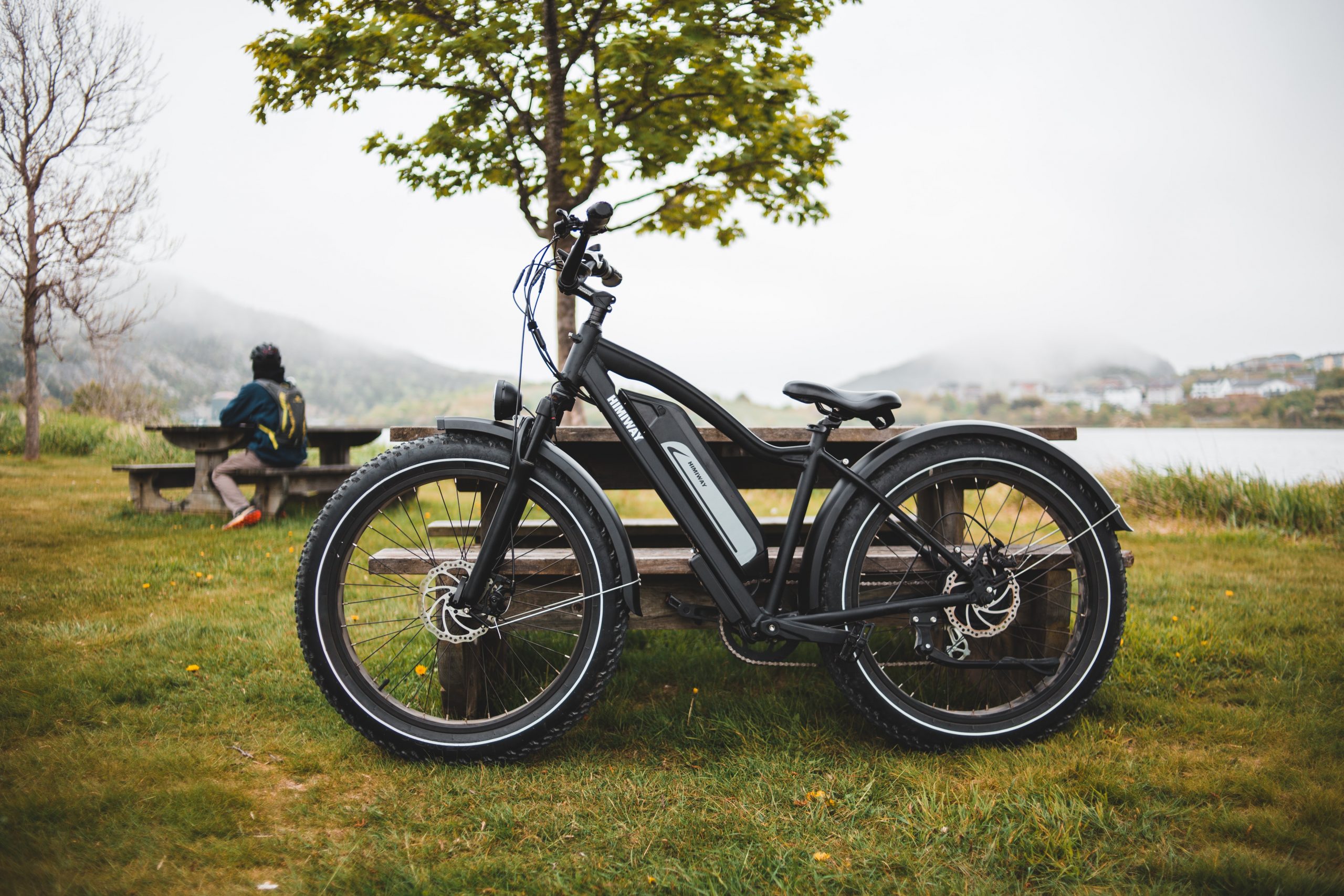Electric bikes, commonly known as E-bikes, are a new and fast-developing technology that is quietly booming and spreading around right under our breath. However, this rise in popularity is impossible to ignore. This is mainly due to the many benefits of e-biking that can accrue to everyone, from beginner riders to fully engrossed cycling fanatics. Simply put, when on an e-bike, there’s no being too tired, no riding out of the saddle when the climb gets too steep, and basically no place your legs can’t carry you. Whether as a practical transportation alternative or a viable leisure activity, an e-bike opens a world of possibilities for you.
But is ditching the car and public transportation for e-bikes a good choice? Are e-bikes worth the hype? Read on to find out.
What Is an Electric Bike?
An electric bike is just like a conventional bike but with a modified frame that incorporates a rechargeable battery and an electric motor to give you a boost and powered pedal assistance. In other words, the pedal-powered assistance means that part of the power comes from the rider and part from the electrical motor.
How Do Electric Bikes Work?
E-bikes generally fall into two types: pedal-assisted and throttle e-bikes. Pedal-assisted bikes work by generating power from the motor only when pedals are actively rolling; when the rider is not pedaling, the motor will not engage. This means as you begin to pedal, the electric motor kicks in, giving you a helpful push and amplifying the proper amount of boost needed for each of your pedal strokes.
Throttle e-bikes, on the other hand, work by pressing the throttle after initial kick-off, and the motor engages whether the rider is pedaling or not. With throttle bikes, you rely entirely on the motor to propel the bike, putting you at risk if you don’t pay constant attention.
Throttle bikes have experienced a significant decrease over the last few years due to their inability to travel long distances and their overall performance. In some countries, throttle bikes are classified as motorized vehicles and require riders to have a license to use them on public roads. This is also why many bike manufacturers are mostly opting for pedal-assist e-bikes and have stopped producing throttles.
E-Bike Components
E-bikes still have the makings of a regular bike, including brakes, frames, and pedals. However, they feature certain components that set them apart from other normal and standard bikes, including the motor, battery, and controller.
Motor
You may choose the finest e-bike in the market, but without a powerful and durable motor, all that extra luxury and comfort counts for nothing. A more robust motor generates more speed for keeping pace with the traffic and more torque for going up hills and carrying cargo. The design and where the motor is located also play an essential role in how e-bikes work. There are generally three types of motors that e-bikes use:
Front hub motor
The front hub motor is placed on the front fork and propels the bike forward. Front hub motors have both pros and cons. Their major drawback is their power; front motors tend to have less torque and less power, creating a push-pull sensation that can feel unnatural. However, since they don’t connect directly to the drivetrain, front hub motors don’t add any extra pressure to the chain or the shifter, which otherwise could cause them to wear out prematurely. Also, they are easier to be maintained.
Rear hub motor
Rear hub motors are located at the rear wheel. They are generally more expensive than front motors as they provide more traction and can feel more solid on the road. These motors are best suited for bikers who need more pedaling power or those interested in adding a throttle.
Central drive motor
The mid-drive motor option comes with several advantages and is deemed to be the best choice. First, since the power is generated directly through the chainset, cycling feels more natural. Second, the extra weight that comes from the motor is centered on the bike, making it more balanced and natural to riders interested in riding a bike that feels just like a traditional one. Unfortunately, central motors are the most expensive and usually demand more maintenance.
Battery
The technology of batteries is advancing quickly. They have been decreased in size to the point that they can easily have their place either on the downtube or integrated into the downtube itself. Most up-to-date e-bikes operate on lithium-ion batteries, which are more than suited to cope with steep hills and rough trails while still hauling a load of cargo and backpacks.
The battery is also the main component in determining how far your e-bike can go. E-bike batteries are commonly measured using watt-hours (Wh). The more Wh your battery has, the more power capacity it carries. Typically, a good lithium-ion battery should be able to take you as far as 20-60 miles per single charge. A typical usage for different size batteries include:
250-450Wh- Around 20 miles
500-700Wh- 25-30 miles
700+Wh- 40+ miles.
These are simple calculations; however, they don’t take into account how much motor assistance is used, riding style, terrain, wind, etc. All these variables influence the battery’s performance.
Controller
The controller also known as the e-bike display is located on the handlebar for ease of use and controlling your bike’s settings. It takes input from the rider and communicates it to the motor and battery. With this controller, you can modify the level of assistance you receive from the motor, measure your speed and distance, check how much battery you have left and see overall information of how the bike is performing. They are instinctive, easy to use, and literally located right at your fingertips.
Electric bikes are extremely practical, intuitive to use, and fun to ride with friends and family. Providing additional assistance to your pedaling power, e-bikes are cost-effective and efficient, allowing you to travel further, longer, and with less effort required compared to other regular bikes. Their long-lasting batteries and electrical assistance have made them a popular choice for commuting and spending time outdoors.




